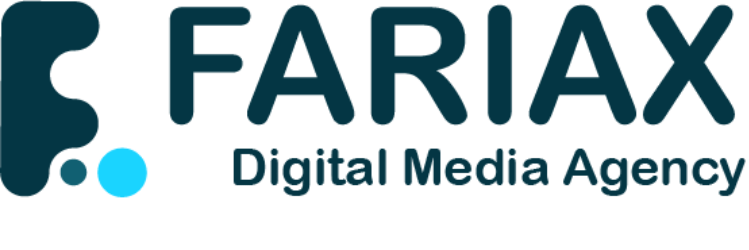Sales and Demand Forecasting powered by Machine Learning
Farix predictive analytics solution based on Machine Learning analyses external and internal business data to provide accurate demand and sales forecasts.

WHY FORECASTING
Sales & Demand?

To reduce operational costs:
Decrease inventory write-offs. Demand forecasting for fast spoiling goods is essential to accurately plan their delivery and minimize waste due to shelf life expiration
Optimal warehouse stock management. Demand prediction allows to efficiently manage warehouse stock and both cut the amount of illiquid items and meet customer demand. Machine learning methods in this case allow to take into account seasonal changes and general trend enhancing the forecasting quality.

To increase sales:
Decreasing unmet demand. Demand prediction allows to have sufficient amount of products and goods on shelves to fully meet clients’ demand. This both helps to boost sales revenues and win customer loyalty, which ultimately leads to
Efficient product range management. Knowing demand for particular products allows to remove illiquid products and introduce more liquid articles in order to enhance turnover the most liquid items
Business applications
Demand forecasting in terms of predictive analytics can be applied to any business area and industry, as mathematical methods and engineering approaches are the same regardless of industry specialization. Depending on the industry, demand prediction can imply various specific tasks:

Business quite often does not have any historical data on product demand, for example, if the product is new or was not selling an the selected point of sale. In this case the predictive model uses generic statistics on similar product category. Products can be grouped differently depending on the industry and business area, for example by purpose, material, manufacturer, expiration date etc. Proper goods grouping is crucial for building a forecasting model of a high quality.

WHY FORECASTING
Sales & Demand?

Historical data on demand & sales volume

Reference data on product characteristics, their purpose and interchangeability

- production offering volume and competitors’ pricing
- statistical data
- currency exchange rates
- any other data, depending on the industry in question

- weather
- transport availability
- opening/closing points of customer attraction, which may influence customer flow and, as a result, demand
- any other data, depending on the industry in question
